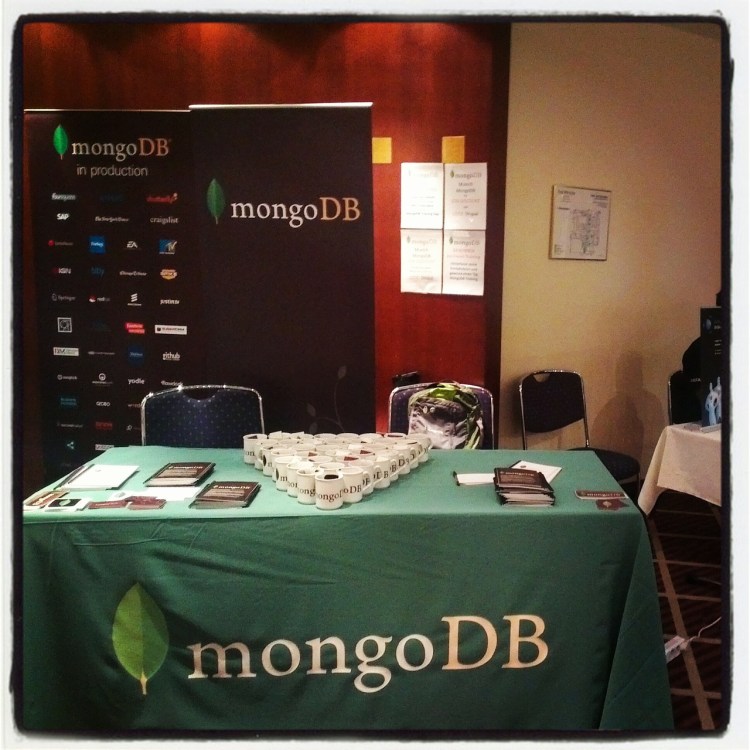Engineers have toiled away in recent years to make it possible for the popular open-source database MongoDB to handle lots and lots data. Now they’ve taken steps to make management of all that data a breeze.
Next month, the eponymous company behind the database will add buttons to the user interface of its latest public beta test. These will enable developers to adjust capacity and add redundancy to their databases.
“It’s always been something you could do, but the way you would do it is by writing scripts,” Kelly Stirman, MongoDB’s director of product marketing, said in an interview with VentureBeat. The addition will prevent human mistakes that can happen from writing script, freeing up ops personnel to focus on other things.
While such capability is coming, version 2.6 of the database (which is available today) features other improvements, including new ways to pull up data in databases and authentication in widely adopted protocols like LDAP and Kerberos for paying customers.
Such additions could help the documented-oriented Mongo database become more of a standard in big companies’ IT infrastructures, in addition to or instead of databases that support the more traditional SQL query language.
Not that MongoDB is coming out of nowhere. Thirty companies in the Fortune 500 are customers, and the database has been downloaded more than 7 million times, Stirman said.
And the company is certainly well funded, with a $150 million round last October. It’s even possible that MongoDB could go public later this year.
For developers, the process of finding certain data in a MongoDB database is becoming more efficient. In version 2.6, the database supports something called index intersection, which makes it possible to search for information with multiple characteristics. Until now, developers could only search through one kind of data, or index. Now they can search multiple indices at once, including geospatial characteristics, Stirman said.
Plus, the database now includes a long-requested feature: full text searching.
MongoDB has also added new backup and recovery abilities to its monitoring service to track deployments. People can set up the monitoring service for free when they use it as a cloud-based service, and companies can pay to run it in an onsite data center.
Such additions could help MongoDB stand our further from other foundational open-source databases, like Riak, Redis, Apache Cassandra, and Apache CouchDB, as well as newcomers like RethinkDB. Meanwhile NoSQL startups like Orchestrate have been popping up.
In total, MongoDB knows about more than 100 NoSQL products. But that’s not a scary thought for Stirman.
“We think these features will drive continued growth and adoption of MongoDB, but let’s be clear: we’re already way ahead of everybody else,” he said.
“We’re already more advanced than anyone else by miles.”


